|
Château Guadet on the outskirts of Saint-Émilion was the next stop of the day. It’s a small estate of 5.5 hectares on the edge of the region’s limestone plateau with its Merlot (75%) and Cabernet Franc (25%) vines growing in clay and sand. Though small in size, its history like many other French chateaux is grandiose. The wine label is a history lesson in itself, which shows the image of Marguerite-Élie Guadet (1766-1794), and if you’ve been to Saint-Émilion, you may have even walked down the village’s main street with the same name. Guadet was a Bordeaux lawyer and also leader of the Girodin faction – these were your moderate bourgeois revolutionaries. They supported the abolishment of France’s feudal system and taking away some of King Louis XVI power, but they didn’t really want to overthrow the entire system. Despite his opposition to the eventual overthrow of the monarchy in August 1792, Guadet was still elected as a deputy to the National Convention – this assembly was tasked with the job to write a new constitution for the country. However, Guadet got into some trouble with his opposition to the extremists in the Jacobin Club, who promoted extreme egalitarianism through the use of violence. The radical democrats eventually kicked him out of the Convention after they overthrew the assembly. Guadet had to flee for his life, and hide in the tunnels below Saint Émilion, but was eventually found and then brought to Bordeaux where he lost his head to the guillotine. His head and name now adorns the label of Château Guadet. Now, if you’re thinking that the story of Château Gaudet is over, well that was just the beginning. Like wine, the story evolves a bit more. While we were in the barrel room, our guide, one of the staff at the winery, pointed out a painting looming over the room that had a blue-shirted man standing in a vineyard holding a bottle of wine. Just a few minutes later, the door to the barrel room opened up and sunshine streamed into the darkened room. A tall figure walked in, and when he stepped out of the shadows, it was the same man from the painting. It was Guy-Pétrus Lignac, great nephew of Marie Louise Loubat and the estate manager of Château Gaudet.
For those of you not familiar with the Pétrus name, it is a wine estate in Pomerol that is on the eastern border of the Saint Émilion appellation. The Merlot wines are among the most expensive wines in the world with a 750ml bottle selling for about $2600 USD. The Pétrus estate first came to fame in the 1940s when Loubat entered into a partnership with Jean-Pierre Moueix, a Libourne wine merchant, in 1945. The partnership allowed Loubat to focus on the quality of her wines while Moueix marketed them since he had acquired exclusive selling rights to them. The wines started to flow into the U.S. market, and gained even more prominence when they were served at the wedding of Princess Elizabeth and Prince Philip in 1947. Despite the growing success of Pétrus, tragedy hit the vineyards in 1956 after frost destroyed two-thirds of the vineyards. Rather than replant, Loubat went against tradition and decided to re-graft new vines on the rootstocks that did survive the frost. In this way, the average age of the vines remained high since older vines produce better fruit that the young ones. This was the first time for coppice, recépage in French, to be used on the Right Bank, and it has since then become a standard vineyard practice. After the death of Loubat in 1961 her niece and nephew inherited the estate, but a share of the vineyard was also left to Moueix, the Libourne wine merchant to serve as a tie-breaker if there were any disagreements about the estate and to maintain his influence. It was rumored that the niece and nephew fought over the estate with the niece representing the estate for a period of time before Lignac sold his shares to Moueix. Eventually, Moueix acquired all of the shares, and his family continues to run the estate until this day. Mr. Lignac only stayed long enough to greet each of us, before he went back into the shadows and out the door back into the sunshine. Just for a brief moment, we had a bit of Pétrus history with us before we went down into the winery's tunneled-cellars similar to the ones where Gaudet hid over two hundred years ago.
0 Comments
Leave a Reply. |
Archives
November 2017
Categories
All
|

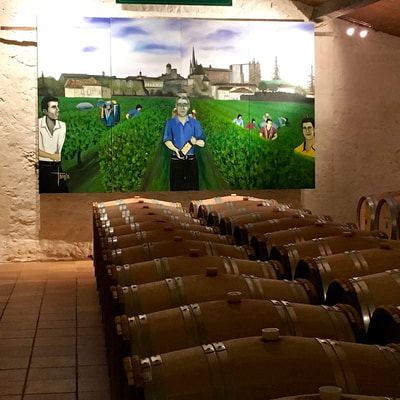
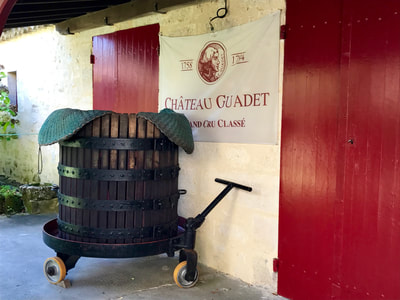
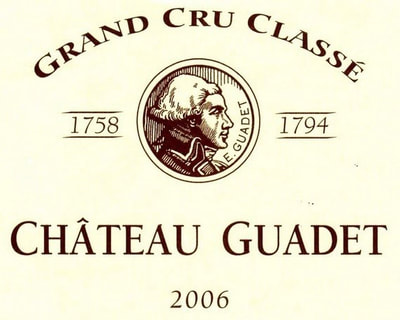
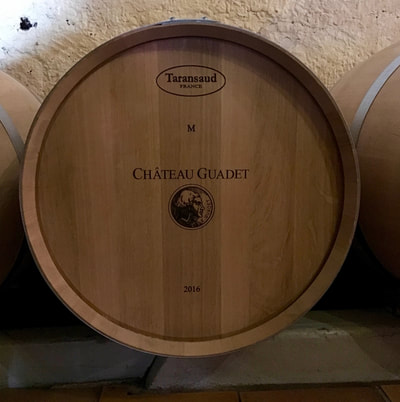
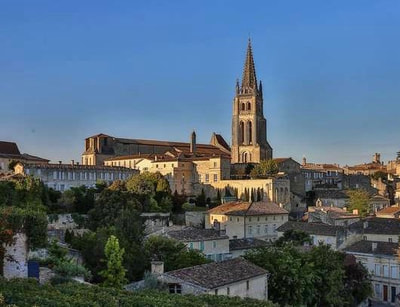
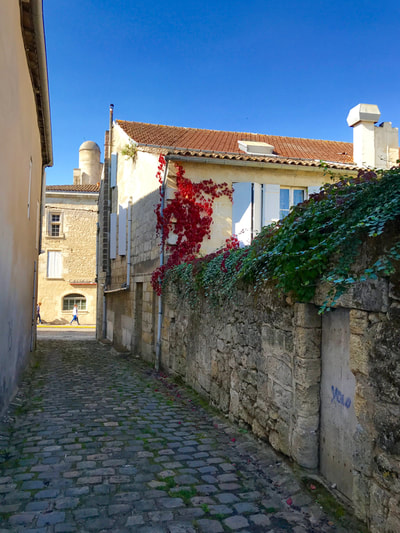
 RSS Feed
RSS Feed
